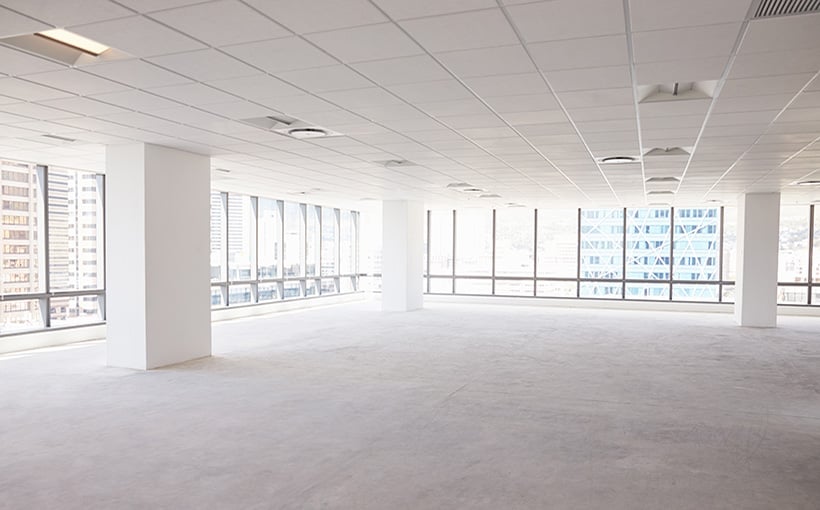Taylor Tomita, spokesperson for Switched on Business, stated that office vacancies have been a persistent issue in various regions for several years. This has been further exacerbated by the rise of work-from-home and hybrid work trends.
But what is the actual cost of these empty spaces?
To determine the lost value of vacant buildings, Switched on Business utilized data from Cushman & Wakefield’s Q3 2024 report to calculate the total square footage of unoccupied office space. The analysts then multiplied this figure by rental costs to determine the following:
– New York City loses $7.61 billion in rent annually due to its high number of vacant offices.
– Los Angeles follows closely behind with an annual loss of $2.10 billion.
– San Francisco and San Jose in California also experience significant losses at $2.01 billion and $2.0 billion respectively.
– In Chicago, there is a total loss value of $2.05 billion – making it highest among Midwest cities.
– Dallas ($1 .62billion) and Houston ($1 .56billion) have experienced considerable losses as well due to overbuilding during the 1970s.
Tomita expressed surprise at these figures despite acknowledging that remote work has become more prevalent among companies: “Office vacancies are expected with so many companies shifting towards remote work,” he said in an interview with Connect CRE.”Still,the sheer amountof lost rentis quite surprisingespeciallyin New York City.”
Despite this ongoing issue, new office spaces continue to be built – but why? Accordingto Tomita,this can be attributedtothe demandfor modernbuildingswithstate-of-the-art amenities.”As long as some tenants are willing topay premiumrentsto lease new offices,”he explained,”developerswill continueto builddespitevacancy rates.”
However,this leaves older buildings sitting empty without suitable options for conversion into other uses – something many municipalities encourage.Tomitasuggested that implementing flexible workplace solutions, such as co-working environments, could be a solution. These spaces offer shorter leases and shared amenities that may appeal to smaller tenants like start-ups and freelancers.
It is also crucial for landlords and investors to understand the changing trends in office demand. As remote work becomes more prevalent, traditional offices may no longer be as desirable. Tomita emphasized the importance of repurposing these spaces to meet evolving tenant needs – whether it’s through creating co-working environments or mixed-use developments.
Overall,the true costof nationwideoffice vacanciesis significantand requiresa proactiveapproachfrom all stakeholdersin order to find effective solutionsfor this ongoing issue.




